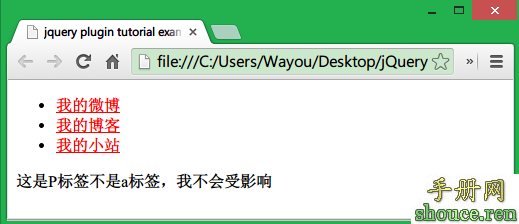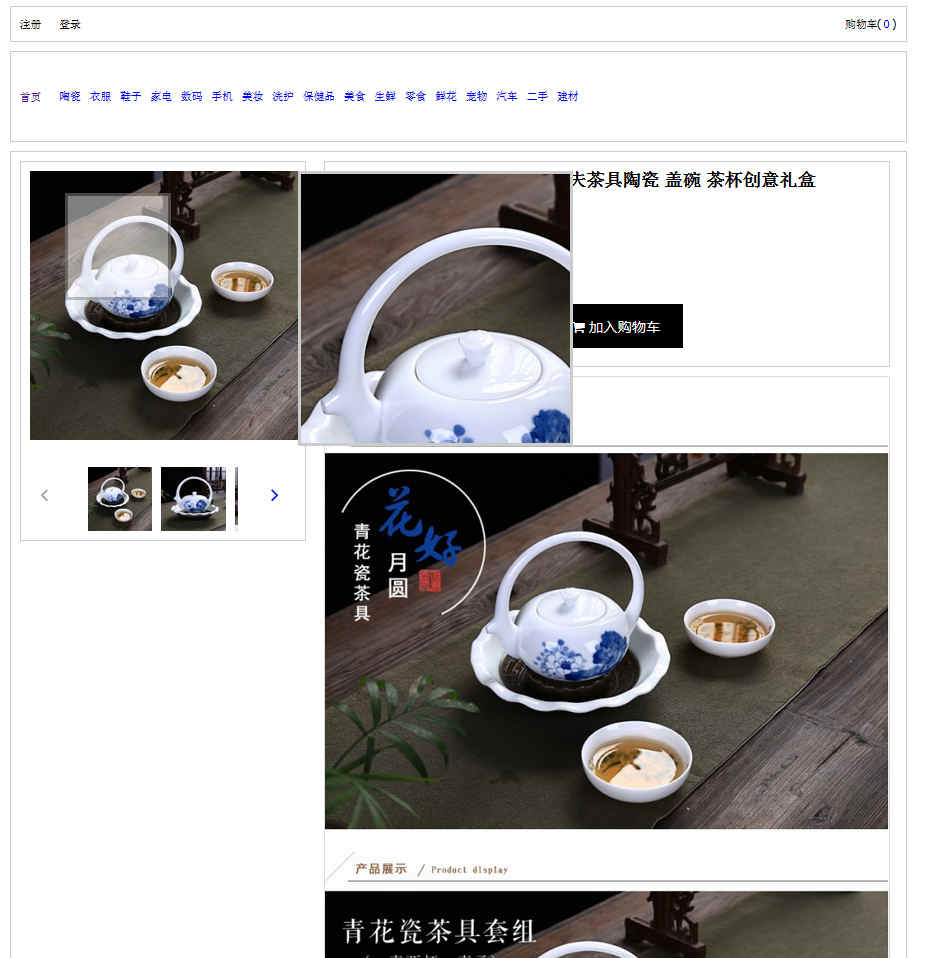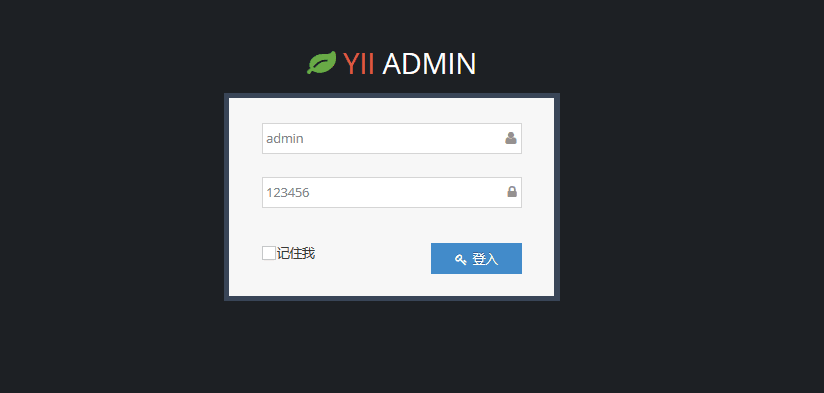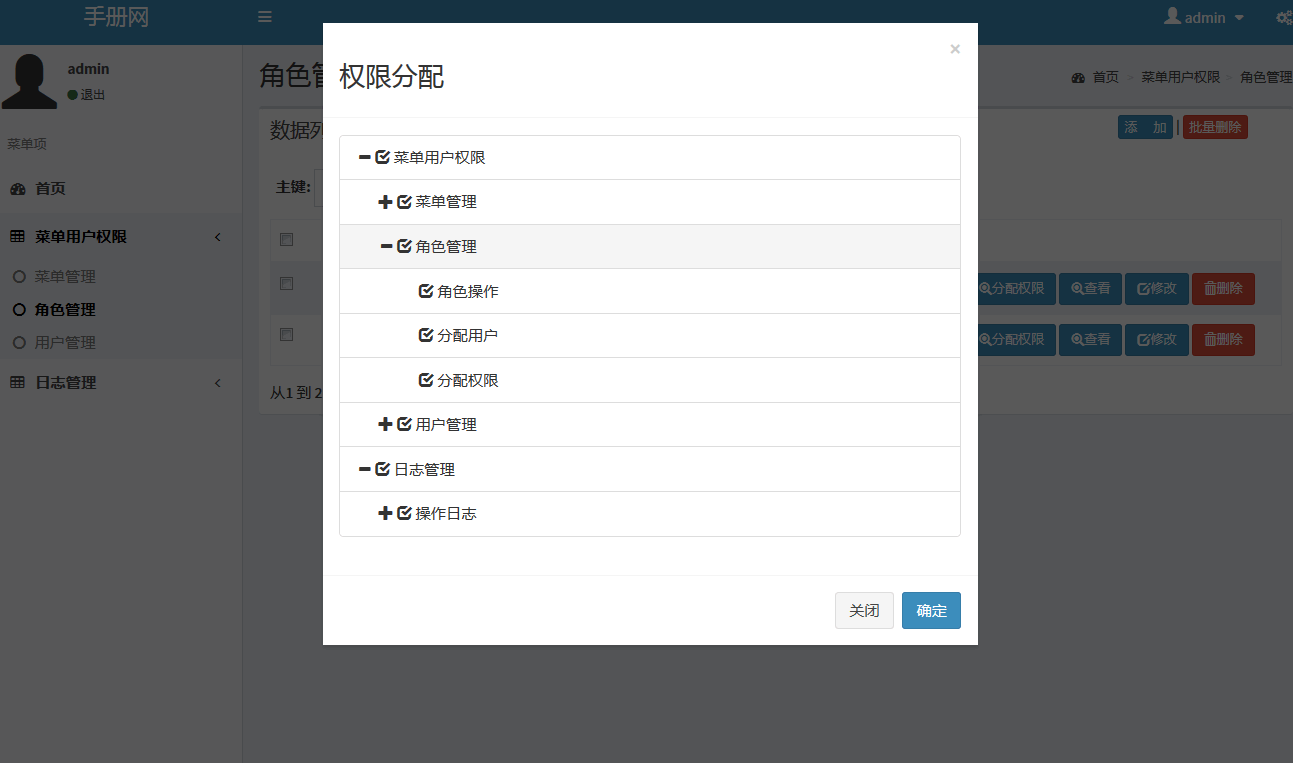php时间日期工具类
jerry PHP 2015年11月19日
收藏
- <?php
- DateTimeUtils::addDate('2012-12-01',1,'y');
- DateTimeUtils::getWeekDay('2012/10/01','/');
- DateTimeUtils::isLeapYear('2012');
- DateTimeUtils::timeFromNow(strtotime("2012-10-26 14:15:13"));
- class DateTimeUtils {
- /**
- * Checks for leap year, returns true if it is. No 2-digit year check. Also
- * handles julian calendar correctly.
- * @param integer $year year to check
- * @return boolean true if is leap year
- */
- public static function isLeapYear($year)
- {
- $year = self::digitCheck($year);
- if ($year % 4 != 0)
- return false;
- if ($year % 400 == 0)
- return true;
- // if gregorian calendar (>1582), century not-divisible by 400 is not leap
- else if ($year > 1582 && $year % 100 == 0)
- return false;
- return true;
- }
- /**
- * Fix 2-digit years. Works for any century.
- * Assumes that if 2-digit is more than 30 years in future, then previous century.
- * @param integer $y year
- * @return integer change two digit year into multiple digits
- */
- protected static function digitCheck($y)
- {
- if ($y < 100){
- $yr = (integer) date("Y");
- $century = (integer) ($yr /100);
- if ($yr%100 > 50) {
- $c1 = $century + 1;
- $c0 = $century;
- } else {
- $c1 = $century;
- $c0 = $century - 1;
- }
- $c1 *= 100;
- // if 2-digit year is less than 30 years in future, set it to this century
- // otherwise if more than 30 years in future, then we set 2-digit year to the prev century.
- if (($y + $c1) < $yr+30) $y = $y + $c1;
- else $y = $y + $c0*100;
- }
- return $y;
- }
- /**
- * Returns 4-digit representation of the year.
- * @param integer $y year
- * @return integer 4-digit representation of the year
- */
- public static function get4DigitYear($y)
- {
- return self::digitCheck($y);
- }
- /**
- * Checks to see if the year, month, day are valid combination.
- * @param integer $y year
- * @param integer $m month
- * @param integer $d day
- * @return boolean true if valid date, semantic check only.
- */
- public static function isValidDate($y,$m,$d)
- {
- return checkdate($m, $d, $y);
- }
- public static function checkDate($date, $separator = "-") { //检查日期是否合法日期
- $dateArr = explode ($separator, $date);
- return self::isValidDate ($dateArr[0], $dateArr[1], $dateArr[2]);
- }
- /**
- * Checks to see if the hour, minute and second are valid.
- * @param integer $h hour
- * @param integer $m minute
- * @param integer $s second
- * @param boolean $hs24 whether the hours should be 0 through 23 (default) or 1 through 12.
- * @return boolean true if valid date, semantic check only.
- * @since 1.0.5
- */
- public static function isValidTime($h,$m,$s,$hs24=true)
- {
- if($hs24 && ($h < 0 || $h > 23) || !$hs24 && ($h < 1 || $h > 12)) return false;
- if($m > 59 || $m < 0) return false;
- if($s > 59 || $s < 0) return false;
- return true;
- }
- public static function checkTime($time, $separator = ":") { //检查时间是否合法时间
- $timeArr = explode($separator, $time);
- return self::isValidTime($timeArr[0], $timeArr[1],$timeArr[2]);
- }
- public static function addDate($date, $int, $unit = "d") { //日期的增加
- $value = array('y'=>'', 'm'=>'', 'd'=>'');
- $dateArr = explode ( "-", $date);
- if(array_key_exists($unit, $value)){
- $value[$unit] = $int;
- }else{
- return false;
- }
- return date ("Y-m-d", mktime (0, 0, 0, $dateArr[1] + $value['m'], $dateArr[2] + $value['d'], $dateArr[0] +$value['y']));
- }
- public static function addDateTime($date, $int, $unit = "d") { //日期的增加
- $value = array('y'=>'', 'm'=>'', 'd'=>'', 'h'=>'', 'i'=>'');
- $dateArr = preg_split ( "/-|\s|:/", $date);
- if(array_key_exists($unit, $value)){
- $value[$unit] = $int;
- }else{
- return false;
- }
- return date ("Y-m-d H:i:s", mktime($dateArr[3]+ $value['h'], $dateArr[4]+ $value['i'], $dateArr[5], $dateArr[1] + $value['m'], $dateArr[2] + $value['d'], $dateArr[0] + $value['y']));
- }
- public static function addDayTimestamp($ntime, $aday) { //取当前时间后几天,天数增加单位为1
- $dayst = 3600 * 24;
- $oktime = $ntime + ($aday * $dayst);
- return $oktime;
- }
- public static function dateDiff($begin, $end, $unit = "d") { //时间比较函数,返回两个日期相差几秒、几分钟、几小时或几天
- $diff = strtotime($end) - strtotime($begin);
- switch($unit)
- {
- case "y": $retval = bcdiv($diff, (60 * 60 * 24 * 365)); break;
- case "m": $retval = bcdiv($diff, (60 * 60 * 24 * 30)); break;
- case "w": $retval = bcdiv($diff, (60 * 60 * 24 * 7)); break;
- case "d": $retval = bcdiv($diff, (60 * 60 * 24)); break;
- case "h": $retval = bcdiv($diff, (60 * 60)); break;
- case "i": $retval = bcdiv($diff, 60); break;
- case "s": $retval = $diff; break;
- }
- return $retval;
- }
- public static function getWeekDay($date, $separator = "-") { //计算出给出的日期是星期几
- $dateArr = explode ($separator, $date);
- return date ("w", mktime ( 0, 0, 0, $dateArr[1], $dateArr[2], $dateArr[0]));
- }
- public static function timeFromNow($dateline) { //让日期显示为:XX天XX年以前
- if(empty($dateline)) return false;
- $seconds = time() - $dateline;
- if($seconds < 60){
- return "1分钟前";
- }elseif($seconds < 3600){
- return floor($seconds/60)."分钟前";
- }elseif($seconds < 24*3600){
- return floor($seconds/3600)."小时前";
- }elseif($seconds < 48*3600){
- return date("昨天 H:i", $dateline)."";
- }else{
- return date('Y-m-d', $dateline);
- }
- }
- public static function transDateToChs($date) {
- if (empty ($date)) return '今日';
- date_default_timezone_set('PRC');
- $dates = date ('Y年m月d日', strtotime ($date));
- return $dates;
- }
- // 08/31/2004 => 2004-08-31
- public static function TransDateUI($datestr, $type = 'Y-m-d') {
- if ($datestr == Null)
- return Null;
- $target = $datestr;
- $arr_date = preg_split ( "/\//", $target);
- $monthstr = $arr_date[0];
- $daystr = $arr_date[1];
- $yearstr = $arr_date[2];
- $result = date ($type, mktime (0, 0, 0, $monthstr, $daystr, $yearstr));
- return $result;
- }
- // 12/20/2004 10:55 AM => 2004-12-20 10:55:00
- public static function TransDateTimeUI($datestr, $type = 'Y-m-d H:i:s') {
- if ($datestr == Null)
- return Null;
- $target = $datestr;
- $arr_date = preg_split ( "/\/|\s|:/", $target);
- $monthstr = $arr_date[0];
- $daystr = $arr_date[1];
- $yearstr = $arr_date[2];
- $hourstr = $arr_date[3];
- $minutesstr = $arr_date[4];
- $result = date ($type, mktime ($hourstr, $minutesstr, 0, $monthstr, $daystr, $yearstr));
- return $result;
- }
- }
- ?>
- 没有章节













